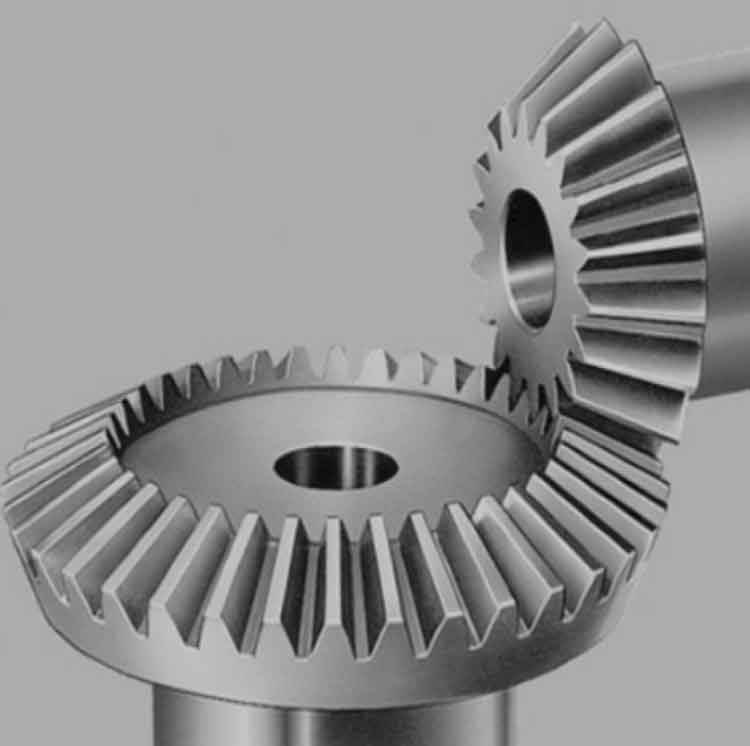Proper maintenance and lubrication are essential to ensure the longevity, efficiency, and reliable performance of straight bevel gear systems. Here are some best practices for maintenance and lubrication:

1. Regular Inspection:
- Conduct regular visual inspections of the gear teeth and overall gear system. Look for signs of wear, pitting, chipping, or abnormal noise during operation.
2. Lubrication Schedule:
- Follow the manufacturer’s recommended lubrication schedule. Lubrication intervals may vary based on the gear’s operating conditions, load, speed, and temperature.
3. Select the Right Lubricant:
- Choose a high-quality lubricant specifically designed for straight bevel gears. Consider factors such as temperature range, load capacity, and environmental conditions when selecting the lubricant.
4. Lubricant Application:
- Apply the lubricant evenly to all gear teeth and mating surfaces. Use the correct amount of lubricant to ensure adequate coverage without excessive waste.
5. Gearbox Ventilation:
- Properly ventilate the gearbox to prevent moisture buildup, as excessive moisture can lead to corrosion and reduced gear performance.
6. Contamination Control:
- Implement measures to prevent contamination of the lubricant. Keep the gear environment clean and free from dirt, debris, and other contaminants that could compromise gear performance.
7. Filter and Monitor Lubricant Quality:
- Use appropriate filters to keep the lubricant clean and free from debris. Regularly monitor the lubricant’s condition through oil analysis to detect potential issues early.
8. Lubricant Replacement:
- Regularly replace the lubricant according to the manufacturer’s guidelines or when the lubricant shows signs of degradation or contamination.
9. Gear Alignment:
- Ensure proper gear alignment to prevent excessive wear and premature failure. Misalignment can lead to uneven load distribution and increased friction.
10. Training and Documentation:
- Train maintenance personnel on proper lubrication procedures and gear inspection techniques. Maintain detailed records of maintenance activities, including lubricant changes and gear inspections.
11. Address Abnormalities Promptly:
- If abnormal gear noise, vibration, or wear is detected during inspections or operation, address the issues promptly to prevent further damage.
12. Lubrication Storage:
- Store lubricants in a clean, dry, and temperature-controlled environment to maintain their quality before use.
13. Temperature Monitoring:
- Monitor the operating temperature of the gearbox and lubricant. High temperatures can lead to premature lubricant breakdown and gear wear.
14. Prevent Overloading:
- Avoid overloading the gear system beyond its design capacity. Overloading can lead to accelerated wear and gear failure.
By following these best practices for maintenance and lubrication, operators can maximize the lifespan and performance of straight bevel gear systems, reducing downtime and maintenance costs while ensuring safe and reliable operation. Regular maintenance and proper lubrication will help minimize gear wear, reduce noise, and ensure efficient power transmission in various industrial applications.
